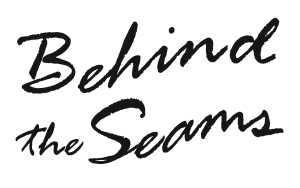Usually I prefer actors to go through hair and makeup before getting into their full costume (though like everything, it depends on the shoot and what the specific costume needs are). I'm typically the last person working directly with the actor before shooting a scene, so once they are screen ready I'll ask them to step aside and snap a quick photo.
You can use your phone or an actual camera, but you want to be able to access the photo's immediately. If you're working with a team it's easiest to take a few minutes to get the photo's printed at the end of the day and put them in your Wardrobe Bible for the shoot. That way everyone has easy access to them along with the rest of the wardrobe notes.
On most of the shoots I've worked on I'm the only one running wardrobe and since they've been smaller shoots I've keep them in a dedicated album on my phone instead of getting them printed.
 |
| One of the continuity shots from "Broken" (2019) |
The purpose of these photo's is to create a consistent look throughout the film. Because films are rarely shot in chronological order, it's common to shoot part of one script day in the morning, then a bunch of other scenes, and maybe later that same day or several days later, come back to that first script day where the actors should be in the same outfit.
These photo's provide a reference for how everything was worn, exactly how the hair and makeup looked, as well as show how certain pieces were worn. For example if a collar was flipped up or laid flat, pants were tucked into the shoes or left over top.

